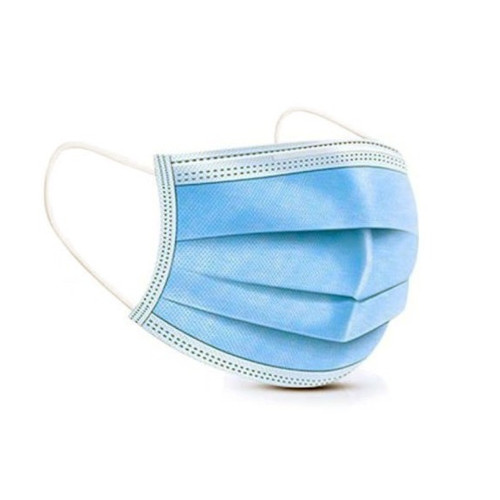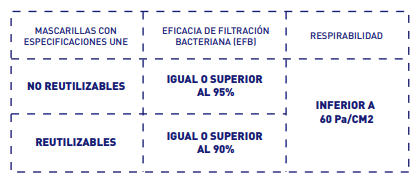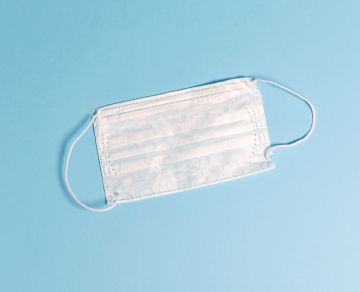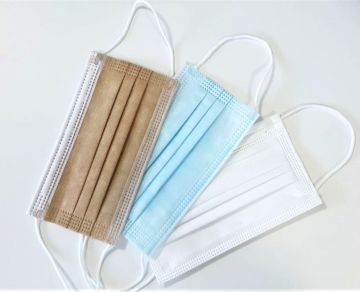
Masks are just a supplementary means of protection. It is essential to continue complying with the rest of the preventive measures recommended by the Ministry of Health.
What mask do I need according to my situation?
Healthy people: preferably they will use hygienic masks.
Sick people: positive symptomatic or asymptomatic people should first choose surgical masks.
People in contact with viruses: Those who care for or are in contact with people who are symptomatic or positive for COVID-19 will preferably use PPE masks.
What kind of masks should children use?
In case of using masks, healthy boys and girls from 3 years old should use hygienic masks according to each age range.
There are three sizes, according to each age range, between 3 and 12 years old.
Remember also that it is important that an adult supervises the placement, use and removal of masks.
Children who are positive for COVID-19, with positive symptoms or asymptomatic, should preferably use surgical or hygienic masks with UNE specification.
* In the case of a vulnerable population, it is recommended to use the type of mask according to medical indications
What should you keep in mind when buying a mask?
Hygienic masks are a complement to the physical distancing and hygiene measures recommended by the Ministry of Health in the context of the COVID-19 pandemic.
They cover the mouth, nose and chin and are provided with a harness that surrounds the head or is attached to the ears. They are usually made up of one or more layers of textile material and can be reusable or single-use.
TYPES OF HYGIENIC MASKS
- Masks that meet UNE 0064 and 0065 specifications: their labeling shows compliance with these technical specifications.
- Masks with other specifications: they are those that are subjected to tests and do not meet the UNE quality standard or have simply made tests based on other standards. They can indicate on your label that you have been subjected to these tests and show the results obtained.
- Masks without specifications: those that have not been subjected to tests or verifications.
WHAT SHOULD I LOOK AT ON THE LABELING?
Pay particular attention to whether trials and their results are indicated. The reference to the UNE standard ensures compliance with a quality standard that corresponds to:






